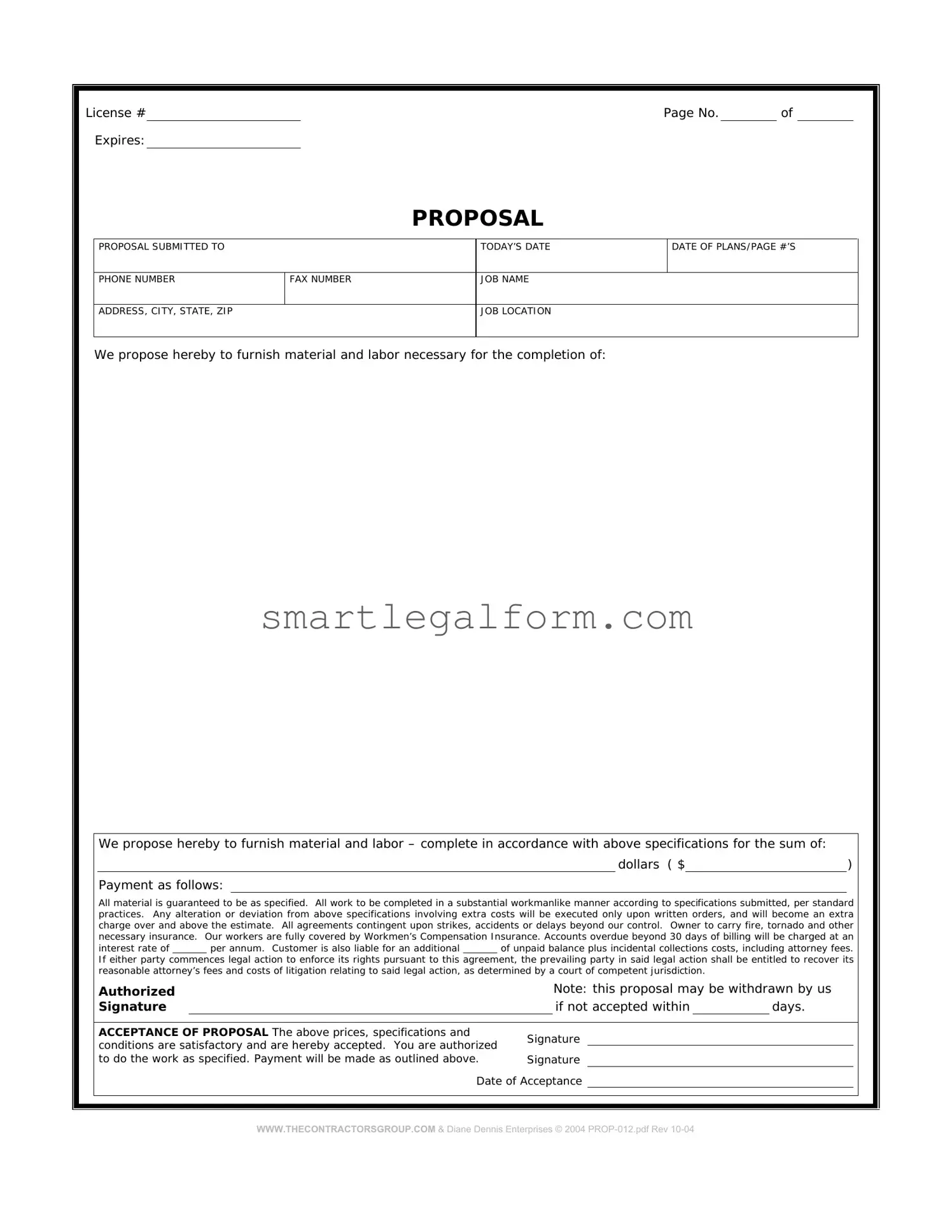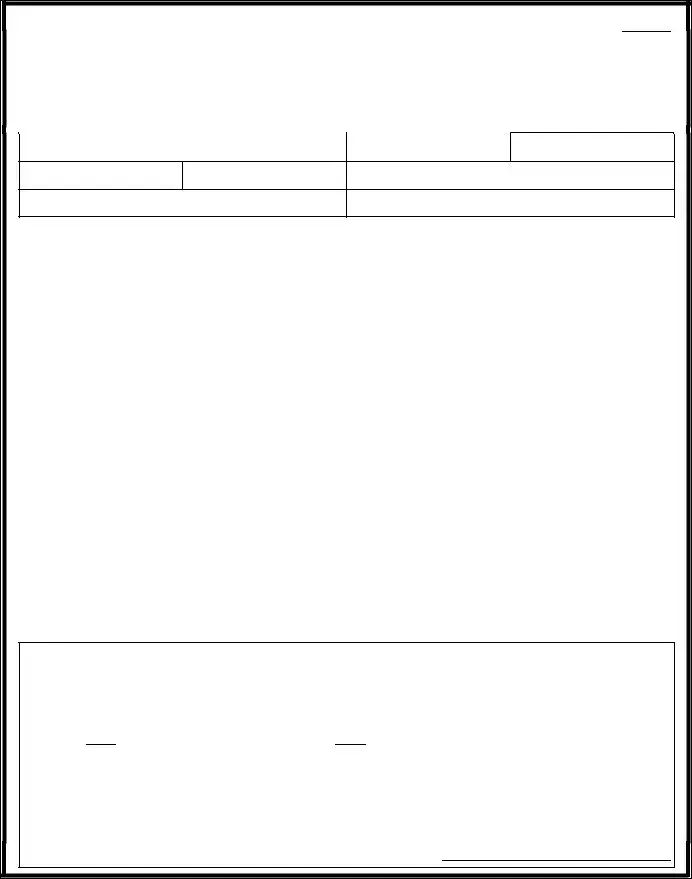Filling out a construction proposal form can be a daunting task, and many people make common mistakes that can lead to misunderstandings or delays. One frequent error is providing incomplete information. When essential details are missing, it can create confusion and may even result in the proposal being rejected. Always double-check that all required fields are filled out accurately.
Another mistake is using vague language. Being unclear about the scope of work can lead to disputes later on. It’s important to be specific about what the project entails, including timelines, materials, and labor expectations. Clear descriptions help set the right expectations for all parties involved.
People often forget to include all necessary attachments. Supporting documents, such as plans, drawings, or permits, may be crucial for the proposal’s acceptance. Without these documents, the proposal may be viewed as incomplete or unprofessional.
Not paying attention to deadlines is another common pitfall. Each proposal may have specific submission dates. Missing these deadlines can disqualify a proposal, regardless of its quality. It’s wise to keep a calendar and set reminders to ensure timely submissions.
Some individuals overlook the importance of accurate pricing. Underestimating costs can lead to financial strain or project failure. It’s essential to conduct thorough research and calculations to provide a realistic budget that reflects the true cost of the project.
Additionally, failing to review the proposal thoroughly before submission can result in errors. Typos or incorrect figures can undermine credibility. A careful review process can catch mistakes and ensure that the proposal is polished and professional.
Another mistake is not customizing the proposal for the specific client or project. A generic proposal may not address the unique needs or concerns of the client, making it less compelling. Tailoring the content shows that you understand the client's vision and are invested in their project.
Some people neglect to follow up after submitting their proposals. A simple follow-up call or email can demonstrate enthusiasm and commitment. It also provides an opportunity to clarify any questions the client may have about the proposal.
Lastly, many forget to include contact information. Without clear contact details, clients may struggle to reach out for questions or further discussions. Ensure that your name, phone number, and email address are clearly stated in the proposal.

